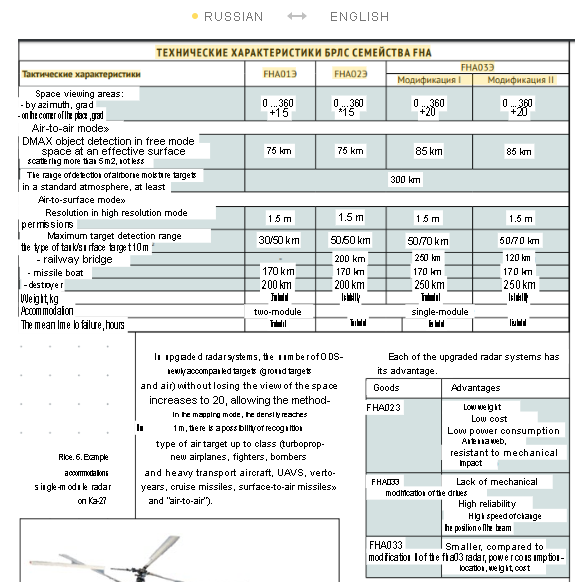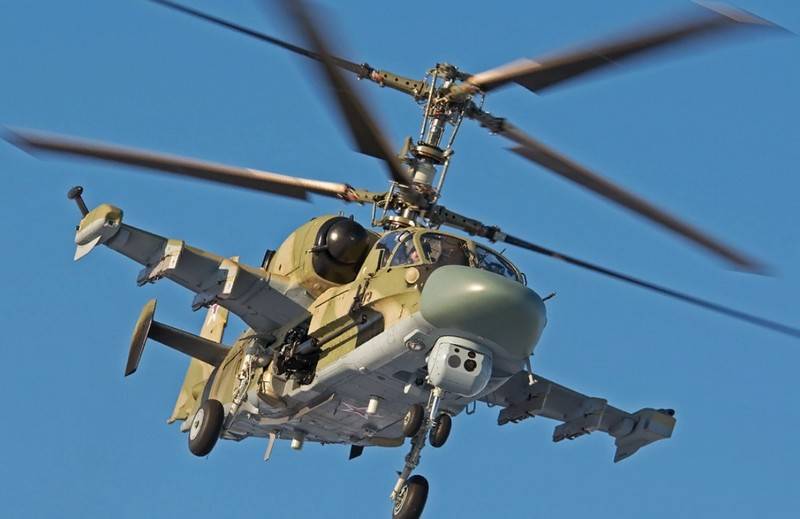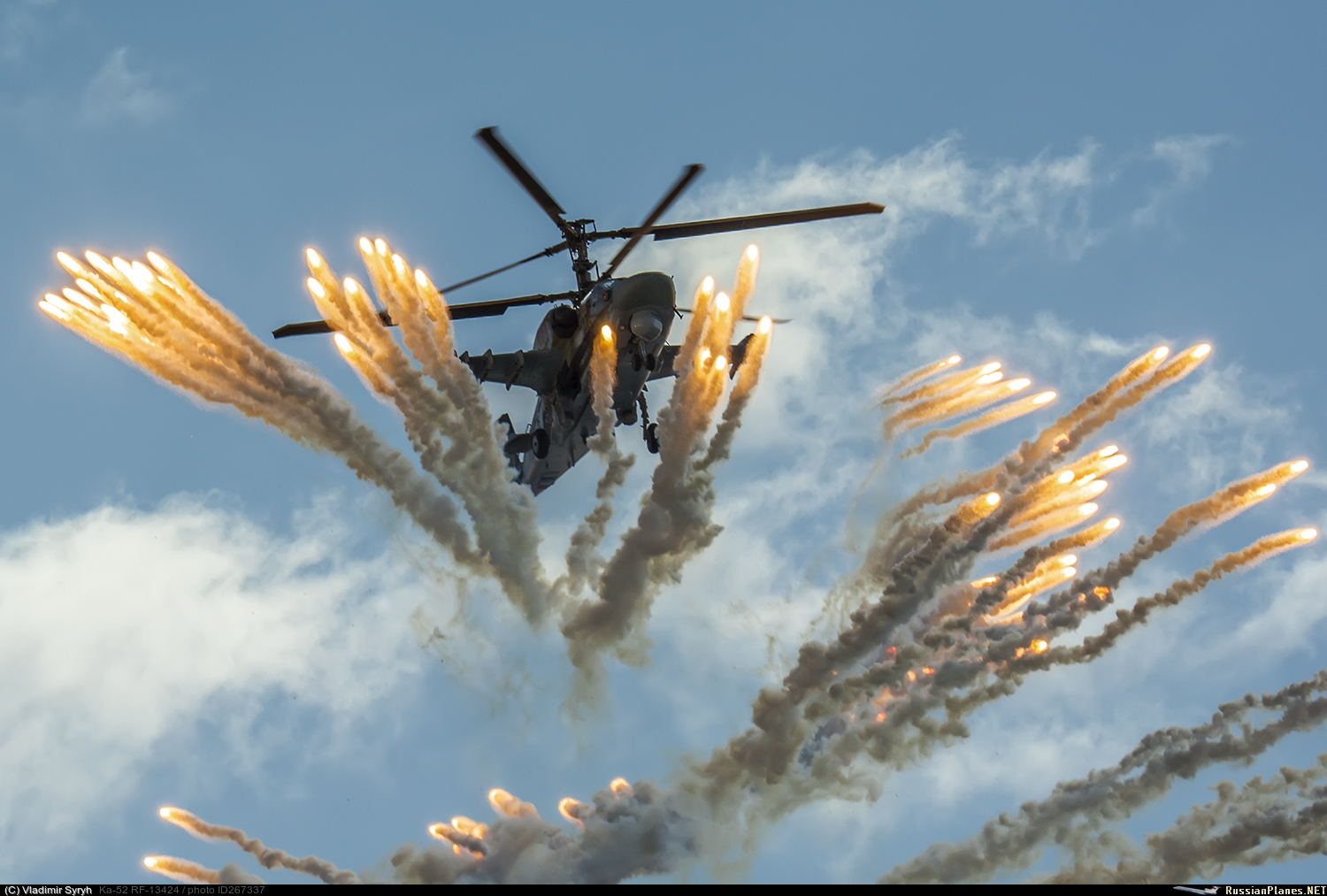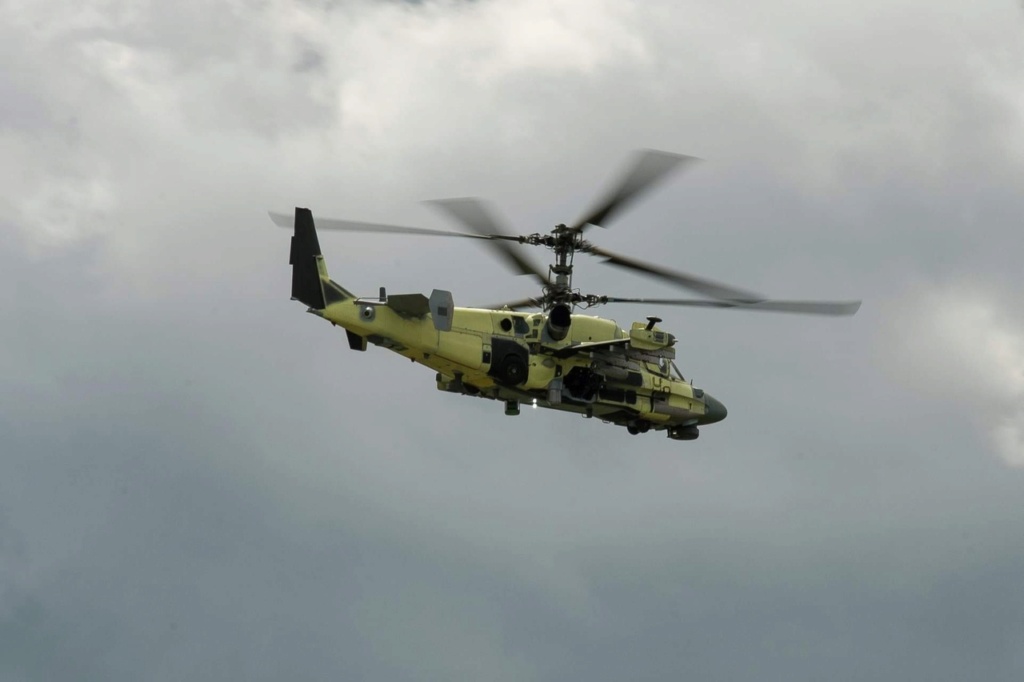Yes it would be overkill but that means nothing. Like I say modern army have few hundreds of tanks and few AD systems so using 500-600 kh38 against them is worth the price because if you take out the enemy tanks then its ground forces have no punch and are composed of light vehicles which will have to run away with all the HQ and other high value targets. They will give up.
Well that is true, but load outs for aircraft are generally based on their mission target, so if their mission target is some tanks then I would expect an Su-25SM3 would get more suitable missiles to carry... perhaps the Vikhr packs with 8 missiles per pylon or perhaps Hermes packs with four Hermes missiles per pylon if they are hunting tanks. Attack helicopters like the Ka-52 and Mi-28NM will have Krisantema and Vikhr and Hermes too most of the time, plus rockets.
Kh-38 will be used against buildings and bridges and fuel depots and aircraft hangars...
In WW2 they used hundreds of thousands of tons of explosives. It's not 500 kh38 that will bankrupt Russia.
They could afford to use them... but the Kh-38 is not a tiny weapon... it is not a replacement for the Kh-25 family of missiles with a 90kg warhead and a 10km to 40km range depending on the model... it is a replacement for the Kh-29 with a 315kgs warhead and a range of 10-30km depending on the model... except the Kh-38 has a range of 40km for the export model and 80km for the domestic model with a 250kg HE warhead... that is one hell of a punch... effectively five times the HE weight of an anti tank Maverick missile...
AFAIK the 80km range version of Kh-38 is only the cluster munition armed model designed for anti tank use.
But Grom is a mach 2 rocket powered glide bomb... 250kg warhead with 100km range.... it is based on the Kh-38 and the Grom 2 replaces the rocket motor with an extra 130kg warhead... it has a range of up to 40km or so from a high altitude high speed release and is a glide weapon.
Then the best option is a missile used by the bombers to share weaponery btw them. But for such targets an su-24/34 would be used as they have better range and speed than helicopters and stay out of range of AD.
Helicopters impose a serious limitation on weight and size to be carried as regular armament... weapons for fighters and strike aircraft can be bigger and heavier and with better performance... further improved with high altitude and high speed launches of course.
Drones could use both types of weapons depending on size of course...
Yeah but not out of range of enemy fighters. A su34 going back home at mach 0.8 once it launched its missile is way hard to intercept than a ka-52 going at 300km/h.
On flat open terrain I would say they are not that much different... in fact a helicopter being able to execute a 90 degree turn makes it a trickier target in some cases, but both will have self defence suites.
In hilly terrain they both become difficult and add in the fact that the helicopter with 100km range missiles is going to be at least 80km away from its target when it launches its missiles.... why is that worse than with current missiles where it needs to fly an extra 80km to get within 20km of the target to engage...
Any AD can be shut down and turned on once the target is in range, not only russian systems. And you fon't know where the system are, they could be near the tar1t to protect of 20km in front of it making you go inside the firig range.
Very true, but these missiles don't find their targets based on the signals the targets are emitting... they use IIR sensors to detect the targets so a shut down AD vehicle will be detected and could be targeted... just like Brimstone will be scanning with MMW radar for ground targets... but a Panstir or TOR should detect that and be able to engage. The point is that a supersonic missile will blow past a shut down AD vehicle with its systems turned off and could reach its target before the AD gets its A into G.
A jet will have more chance to surivive thanks to manoeuvrability and speed.
I would save those jets for more serious targets than a group of tanks with air defence...
It'll be interesting if they decided create a anti-radiation, SEAD/DEAD or even a deep strike variant for the Kh-35. The Kh-35 has a 145kg warhead with a 300km range, but for SEAD/DEAD role a 145kg warhead would be overkill. They could get away with a 14.5 kg warhead (perhaps even with a specialized warhead like an EMP), and maybe push the range well beyond 300km, like 500-600km.
In most cases I would say the're already weapons that fill that role, but in this case their isn't one (of that range) for the Ka-52.
Interesting idea... perhaps the reduced size Kh-35... make it a 250kg missile and replace the 145kg warhead with perhaps a 40kg HE Frag warhead to blow down phased array antenna... passive radar with IIR backup that sees the radar array for a direct hit... the difference in warhead size from the smaller missile could be used for extra fuel to restore some range... maybe 150km-200km which would be plenty... Maybe some slightly forward swept wings to provide more lift during flight so lower throttle settings could be used...
Or perhaps a mini Kh-31 with a scramjet motor replacing the ramjet...
Lets say there is a hypersonic sniper rifle with a 5 mile max range. It would be pointless shooting that far away if you do not have a scope that supports seeing a target 5 miles away. And it would be pointless to have a 5 mile range shooting distance if you do not have a scope that supports seeing a target 5 miles away. Ka-27 is estimates to see a tank 70kms away.
True, but what we are talking about is firing bullets that can manouver and see the target themselves... so a radar emission 100km away from an American vehicle, or a unit spotted by drone before it is destroyed it notices a large number of HATO tanks... fire a few suicide drones to further investigate and start killing targets...
The Russians have set up a military that now shares information so units will know where friendlies are and where enemy units are... extending the range of their weapons means that targets can be engaged from surprise directions... imagine two Russian divisions operating 40km apart and a drone between them detects enemy activity between the two divisions... now if the target is moving towards a division and away from the other one you can assume they will be focussing forward on the division they are closing in on... so the division behind them activates their Smersh battery and fires 100 x 300mm rockets each with diving top attack anti tank munitions... do they stop the attack and turn and face their new threat because that would risk the force they were attacking to then attack them again from behind... (note those 100 rockets would contain 500 top attack anti tank guided sub munitions...)









